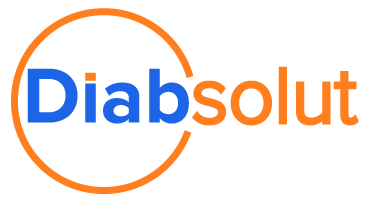Springing Ahead of Competition with Entitlement Management
Author: Joseph Fraschetti, Solutions Consultant at Salesforce
 Spring is an excellent time to look into Field Service Management (FSM) upgrades for your business. Particularly now, as we look to transitioning to the post-Covid workplace. Organizations will need the ability to remain flexible, and keep service standards high as they continue to adapt to whatever comes next.
Spring is an excellent time to look into Field Service Management (FSM) upgrades for your business. Particularly now, as we look to transitioning to the post-Covid workplace. Organizations will need the ability to remain flexible, and keep service standards high as they continue to adapt to whatever comes next.
One way of doing that is to rethink the way your organization’s entitlement processes work. It’s a part of operations that can have a major impact on multiple areas of an FSM business. Salesforce itself has a tool dedicated to it for their Salesforce Field Service (SFS) platform.
So, to understand what’s possible with entitlement management, let’s take a closer look at that tool.
What Does Modern Entitlement Management Look Like?
Rather than relying on manual organization and prioritization for work orders or cases, they are automatically sorted for optimal completion in a pre-determined amount of time. This is done using what Salesforce calls milestones, which:
- Can be customized to prioritize certain work or customers for emergencies or SLAs
- Can assign different amounts of time for different types of work orders or cases
- Automatically sends notification(s) at pre-set time thresholds (e.g., via email, SMS, Chatter, etc.)
- Files associated with the notification’s work order or case can be automatically attached
- Solutions can be proposed alongside notifications
- Multiple notifications can be sent all the same time
- Automatically escalates the case or work at pre-set time thresholds, assigning new actions if needed
These milestones are meant to be customized for your individual organization, in a way that works for your type of work, clients, contracts, and business.
- There can be different milestones set for anything you need, including account types, priority, or specialty work
- Assuming subcontractors are given access, work can automatically be outsourced if none of your organization’s resources are available within the amount of time designated for a response
- Or if it’s a type of work you normally outsource
What this translates to is the ability to take actions sooner, and ultimately take on more work—while improving response times and customer service. It also allows for more flexibility when it comes to how organizations respond.
If You Can’t Measure it, You Can’t Manage it
Rethinking your organization’s entitlement management is nearly impossible if you’re not looking at a picture that includes all the available data. Aside from its other benefits, this tool excels at providing that complete picture.
- Data is tracked and collected through every step of the process, even remotely
- It provides more complete information for communication and more timely case resolution
- Automatic updates, prioritization, and notifications help immensely with SLAs—but all of that information is then linked to the appropriate accounts as well
- It shows you where there’s room to improve, and where there’s room to grow.
We’re currently offering incentives to companies looking to migrate from their legacy system to Salesforce Field Service – so if your organization is looking for more information on FSM solutions or improving your entitlement management, contact us now!
Search
Trending Topics
- Maximizing Efficiency with Certinia Services Estimator: Unifying Software and Services Estimates for Enterprises
- How AMS Transforms PSA Break-Fix Management for Faster Resolutions
- How to Build Enhancements in Certinia PSA Without Overburdening Your Team
- Optimizing Certinia PSA: Addressing Backlogs, Enhancements, and Common Challenges
- Why Regular Health Checks Are Critical for Long-Term Success in Field Service Technology
- Professional Services Challenges in Today’s Business Landscape
- How Managed Services Drive Success – The Diabsolut Advantage
- Facing Challenges? Here’s How to Overcome the Top 5 Pain Points
- Understanding Personas to Improve Your Implementation of Software Solutions
- E24: SFS Roadmap Improvements for Each Persona – Java With Sugar Podcast
